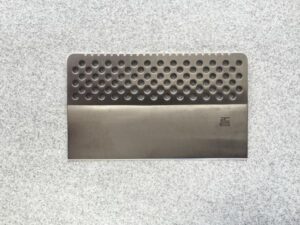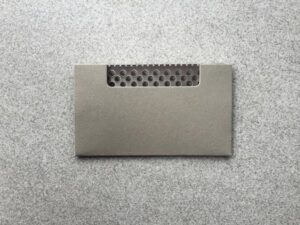We got to try out the SPOT Gen3 recently. This small device provides you with a life line when you are off grid and out of cell service range.
We recommend this device, which you can purchase for only $170 (with some available for only $150) for affordable peace of mind if you’re going to be out in the wilderness.
We tried it out while backpacking in Central Oregon’s rugged and desolate Three Sisters Wilderness. What does it do? It’s a push-button way to reach out to emergency responders, if need be, or your family, if you just want to send a message.
One problem with a traditional GPS distress beacons is if you deploy them, it will summon search and rescue, and in most cases, the person who uses the beacon is on the hook for the rescue bill. This can get quite expensive. This device allows you to summon responders if you need to, but it takes the peace of mind a step further. This device allows you to send messages to individuals without alerting search and rescue.
Before you head out to your destination, you can program predefined messages and who to deliver them to. So when you get to base camp you can send an “I’m okay and here’s where I am” message to whoever your contact is. If they don’t hear from you, they can take action. You can alert your contacts to let them know that you are in distress, without directly notifying first responders.
The predefined messages can be customized, so you can sent that “The eagle has landed” message you’ve always wanted to send! When we tried this out, we had no problem understanding the instructions. We were able to easily load Google Maps and track our position. The functionality makes it very similar to another SPOT device, the SPOT Trace, which we reviewed in this post. This device acts very similar to the Trace with intervals of pings that you can set for various times.
These types of devices have been on the market for years, and this SPOT Gen 3 is the third generation, so it’s been improved and refined pretty well at this point. We found the instructions easy to follow and the buttons intuitive. This device is the best for what it does on the market, and is the best cost. Last I checked, you’re getting the most for your money in terms of price and subscription rates. Purchase the SPOT Gen 3 from SPOT.
Image courtesy of Spot




